Home>Furniture & Design>Outdoor Furniture>How Many Lumens Should Outdoor Lights Be
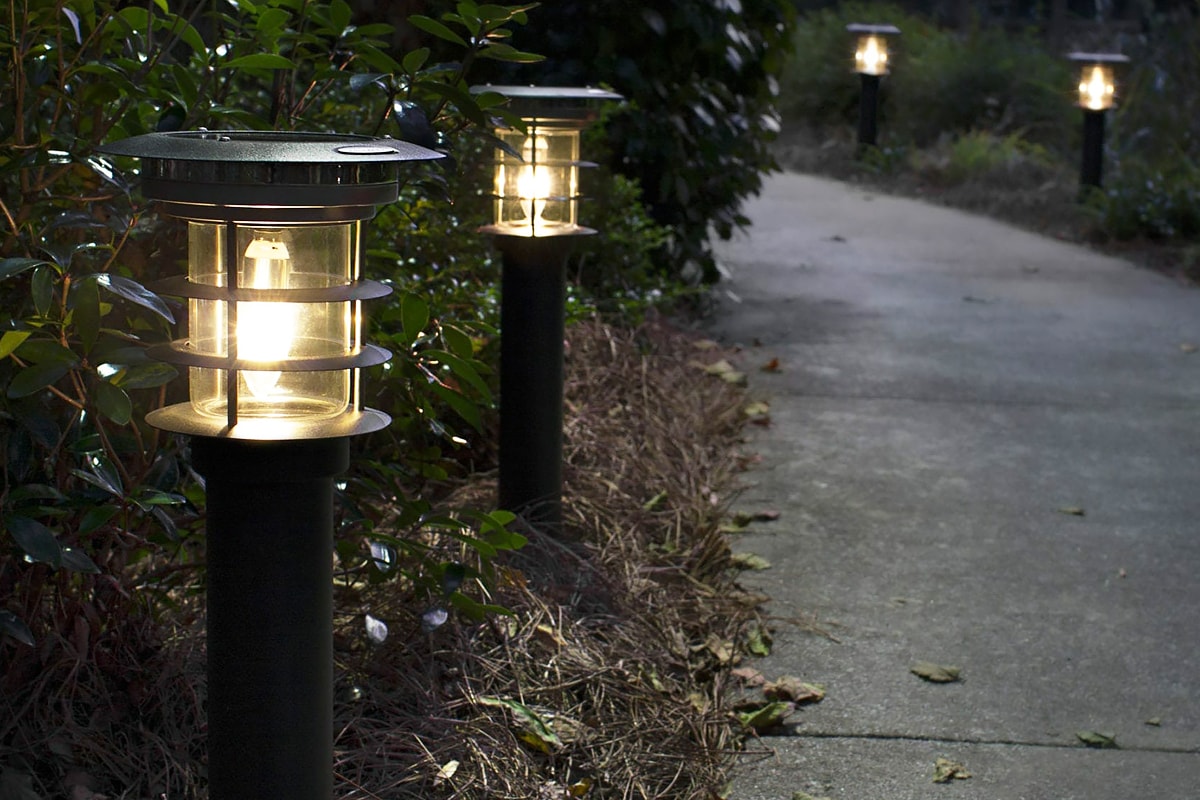

Outdoor Furniture
How Many Lumens Should Outdoor Lights Be
Published: January 14, 2024
Find the perfect outdoor furniture and design with the right amount of lumens for your outdoor lights. Discover the ideal lighting for your outdoor space today.
(Many of the links in this article redirect to a specific reviewed product. Your purchase of these products through affiliate links helps to generate commission for Storables.com, at no extra cost. Learn more)
Introduction
Understanding the Importance of Lumens in Outdoor Lighting
When it comes to creating a welcoming and functional outdoor space, lighting plays a crucial role. Whether you're hosting a lively backyard gathering, enjoying a quiet evening on the patio, or simply ensuring the safety and security of your property, the right outdoor lighting can make all the difference. However, with the wide array of lighting options available, it's essential to understand the concept of lumens and how it impacts the effectiveness of outdoor lighting.
Lumens are a measurement of the total amount of visible light emitted by a source, and in the context of outdoor lighting, they are a key factor in determining the brightness and coverage of a light fixture. Unlike wattage, which measures the amount of power consumed by a bulb, lumens directly quantify the brightness of the light produced. This distinction is crucial when selecting outdoor lights, as it ensures that you achieve the desired level of illumination for your specific outdoor areas.
In this comprehensive guide, we will delve into the significance of lumens in outdoor lighting and provide valuable insights into determining the appropriate lumen levels for various outdoor spaces. By understanding the relationship between lumens and outdoor lighting, you can make informed decisions that enhance the functionality, aesthetics, and overall ambiance of your outdoor living environment. Let's embark on this illuminating journey and shed light on the importance of lumens in outdoor lighting!
Key Takeaways:
- Outdoor lighting effectiveness is determined by lumens, not wattage. Higher lumens for task areas, lower for ambiance. Consider purpose, size, environment, and safety when choosing lumen levels.
- Tailoring lumen levels to specific outdoor spaces enhances safety, functionality, and ambiance. Understanding lumens empowers individuals to create captivating lighting designs and elevate the outdoor living experience.
Understanding Lumens
Before delving into the specific lumen requirements for different outdoor spaces, it’s essential to grasp the fundamentals of lumens and their role in lighting. Lumens, denoted as “lm,” are a measure of the total amount of visible light emitted by a light source. Unlike wattage, which indicates the amount of power consumed, lumens directly quantify the brightness of the light produced. This distinction is particularly significant in outdoor lighting, where the effectiveness of illumination is crucial for both practical and aesthetic purposes.
When evaluating outdoor lighting options, understanding lumens allows you to make informed decisions based on the desired level of brightness for a particular area. For instance, higher lumen values are suitable for task-oriented spaces, such as outdoor kitchens or work areas, where enhanced visibility is essential. Conversely, lower lumen levels may be more suitable for accent or ambient lighting, creating a warm and inviting atmosphere in relaxation areas.
Furthermore, considering lumens in outdoor lighting is essential for energy efficiency. By selecting fixtures with appropriate lumen outputs, you can optimize the illumination while minimizing energy consumption. This not only contributes to cost savings but also aligns with sustainable and environmentally conscious practices, making it a win-win situation for both your outdoor space and the planet.
It’s important to note that the distribution of lumens across an outdoor area is equally crucial. Proper placement and coverage ensure that the intended space is adequately illuminated, enhancing safety and security while accentuating the architectural and landscaping features. Additionally, understanding lumens empowers you to create a cohesive and harmonious lighting scheme that complements the overall design and functionality of your outdoor living environment.
By comprehending the significance of lumens in outdoor lighting, you can navigate the myriad of lighting options with confidence, selecting fixtures that align with your specific illumination needs and stylistic preferences. Now that we’ve established a solid understanding of lumens, let’s explore the factors to consider when determining the appropriate lumen levels for different outdoor spaces.
Factors to Consider
When determining the appropriate lumen levels for outdoor lighting, several factors come into play, each influencing the optimal brightness and coverage required for different outdoor spaces. By carefully considering these factors, you can tailor your lighting choices to suit the specific needs and functions of each area, ultimately enhancing the usability, safety, and visual appeal of your outdoor environment.
1. Purpose of the Space: The intended use of the outdoor area heavily influences the lumen requirements. Task-oriented spaces, such as outdoor kitchens, dining areas, and pathways, benefit from higher lumen levels to ensure adequate visibility for activities and safe navigation. On the other hand, relaxation zones, such as lounging areas and garden retreats, may call for softer, ambient lighting to create a tranquil atmosphere.
2. Size and Layout: The size and layout of the outdoor space dictate the distribution and placement of light fixtures. Larger areas or those with intricate landscaping may require a combination of fixtures with varying lumen outputs to achieve balanced illumination across the entire space, while smaller, more intimate areas may necessitate focused, lower-lumen lighting solutions.
3. Environmental Conditions: Outdoor lighting must withstand various environmental factors, including exposure to moisture, dust, and temperature fluctuations. When selecting fixtures, consider their IP (Ingress Protection) ratings, which indicate their resistance to water and solid particles. Additionally, for outdoor spaces prone to extreme weather conditions, such as coastal areas or regions with harsh winters, opt for fixtures designed to withstand these challenges.
4. Architectural and Landscape Features: Highlighting architectural elements, such as facades, columns, and entryways, as well as prominent landscaping features, adds depth and visual interest to the outdoor space. Understanding the lumen requirements for accentuating these features allows you to create a captivating and harmonious lighting design that enhances the overall aesthetics of your property.
5. Safety and Security: Adequate lighting is crucial for ensuring the safety and security of your outdoor environment. Pathway lighting, entrance illumination, and motion-activated security lights all require specific lumen levels to effectively fulfill their purposes, deterring potential hazards and providing peace of mind.
By taking these factors into account, you can make informed decisions when selecting outdoor lighting fixtures and determining the appropriate lumen levels for each specific outdoor space. Now, let’s explore the recommended lumen ranges for different outdoor areas, providing valuable guidance for creating a well-lit and inviting outdoor living environment.
When choosing outdoor lights, consider the size of the area you want to illuminate. For pathways, 100-200 lumens is sufficient, while for security lighting, aim for 700-1300 lumens.
Recommended Lumens for Different Outdoor Spaces
When it comes to illuminating various outdoor spaces, understanding the recommended lumen ranges enables you to effectively enhance visibility, ambiance, and functionality. By tailoring the lumen levels to suit the specific requirements of each area, you can create a well-lit and inviting outdoor environment that caters to diverse activities and moods.
1. Pathways and Driveways: For safe navigation and visual appeal, pathway and driveway lighting typically require 100 to 200 lumens per fixture. This range ensures adequate illumination for walking or driving paths while contributing to the overall aesthetics of the landscape.
2. Patios and Decks: Outdoor socializing and relaxation areas benefit from a versatile lumen range of 150 to 350 lumens per fixture. This allows for adaptable lighting levels, accommodating both lively gatherings and intimate evenings, while accentuating the architectural features and furnishings of the space.
3. Outdoor Dining and Cooking Areas: Task-oriented spaces, such as outdoor kitchens and dining areas, necessitate higher lumen levels, typically ranging from 200 to 500 lumens per fixture. This ensures ample brightness for food preparation, cooking, and dining, enhancing both functionality and safety.
4. Garden and Landscape Features: When highlighting garden beds, trees, and other landscaping elements, consider fixtures with lumen outputs ranging from 50 to 200 lumens. This range allows for nuanced accent lighting, drawing attention to specific features while contributing to the overall visual allure of the outdoor space.
5. Security and Motion-Activated Lighting: For security and motion-activated lighting, lumen levels typically range from 700 to 1300 lumens, ensuring robust illumination to deter potential intruders and provide clear visibility in response to motion triggers.
6. Overall Ambient Lighting: When aiming to create a warm and inviting ambiance throughout the outdoor environment, consider fixtures with lumen outputs ranging from 100 to 400 lumens. This versatile range supports the creation of a relaxed and welcoming atmosphere, ideal for unwinding and enjoying the outdoor surroundings.
By aligning the lumen levels with the specific needs and functions of each outdoor space, you can curate a cohesive and visually captivating lighting scheme that enhances the usability, safety, and aesthetic appeal of your outdoor living environment. Now, with a comprehensive understanding of lumens and their application in outdoor lighting, let’s conclude our exploration of this illuminating subject.
Conclusion
As we conclude our exploration of the significance of lumens in outdoor lighting, it’s evident that understanding and applying the appropriate lumen levels is paramount in creating a well-lit, inviting, and functional outdoor living environment. By delving into the concept of lumens and their role in outdoor lighting, we’ve gained valuable insights into optimizing brightness, energy efficiency, and visual appeal across diverse outdoor spaces.
From pathways and patios to gardens and security lighting, the recommended lumen ranges provide a framework for tailoring illumination to suit the specific needs and activities within each outdoor area. This approach not only enhances safety and functionality but also contributes to the overall ambiance and aesthetic charm of the outdoor environment.
Moreover, by considering factors such as the purpose of the space, size and layout, environmental conditions, architectural and landscape features, and safety and security requirements, we’ve underscored the importance of a comprehensive approach to determining lumen levels. This thoughtful consideration ensures that lighting solutions are not only visually appealing but also practical and sustainable, aligning with the unique characteristics of the outdoor space.
As outdoor living continues to evolve as an integral aspect of modern lifestyles, the role of lighting in shaping and enhancing these spaces becomes increasingly significant. By embracing the principles of lumens and their application in outdoor lighting, individuals can transform their outdoor areas into versatile, inviting, and safe extensions of their homes, catering to a myriad of activities and moods.
In essence, the journey through the realm of lumens in outdoor lighting empowers individuals to make informed decisions, curate captivating lighting designs, and ultimately elevate the outdoor living experience. By harnessing the power of lumens, we illuminate not only the physical spaces but also the moments and memories created within them, fostering a deeper connection to the outdoor environment and those who inhabit it.
As we bid adieu to this enlightening exploration, may the radiance of well-chosen lumens continue to grace your outdoor spaces, enriching your experiences and illuminating the beauty of the natural world that surrounds you.
Frequently Asked Questions about How Many Lumens Should Outdoor Lights Be
Was this page helpful?
At Storables.com, we guarantee accurate and reliable information. Our content, validated by Expert Board Contributors, is crafted following stringent Editorial Policies. We're committed to providing you with well-researched, expert-backed insights for all your informational needs.
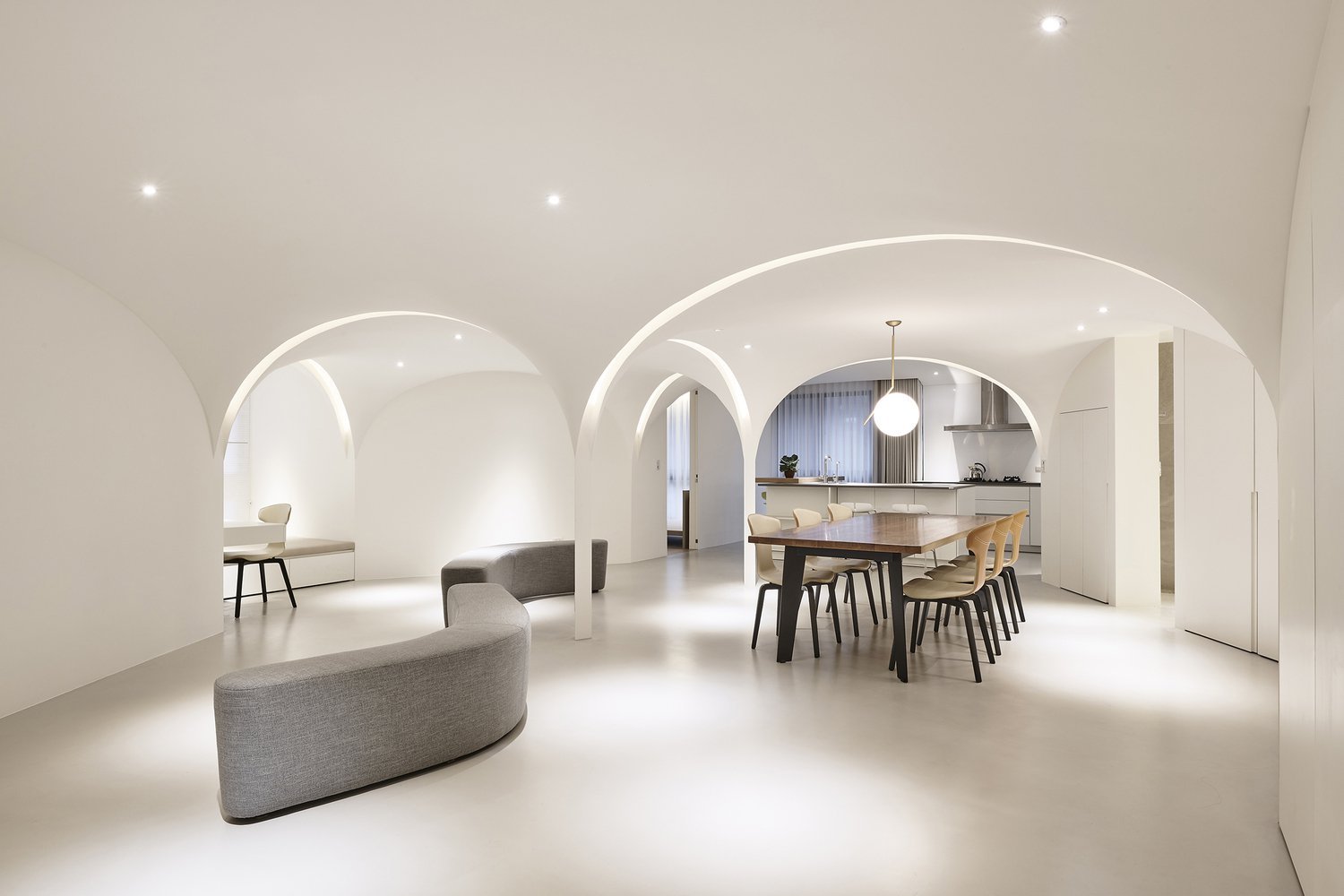
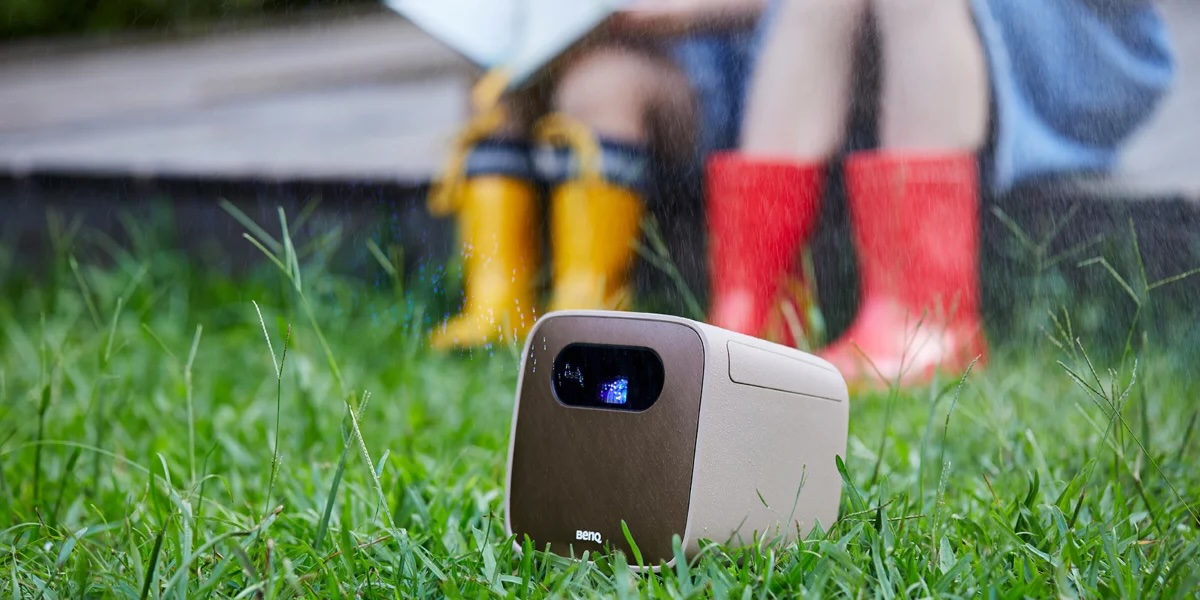
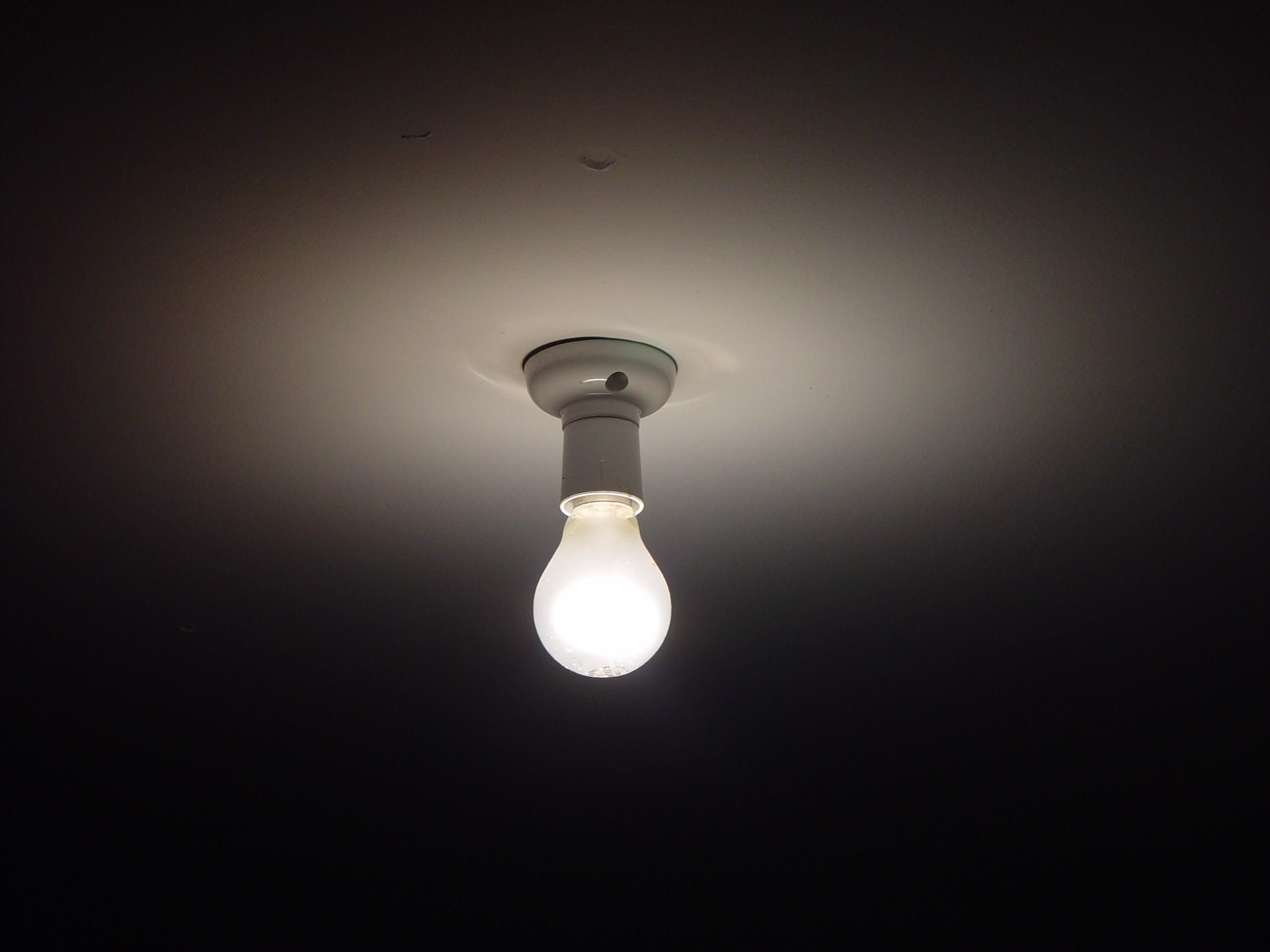
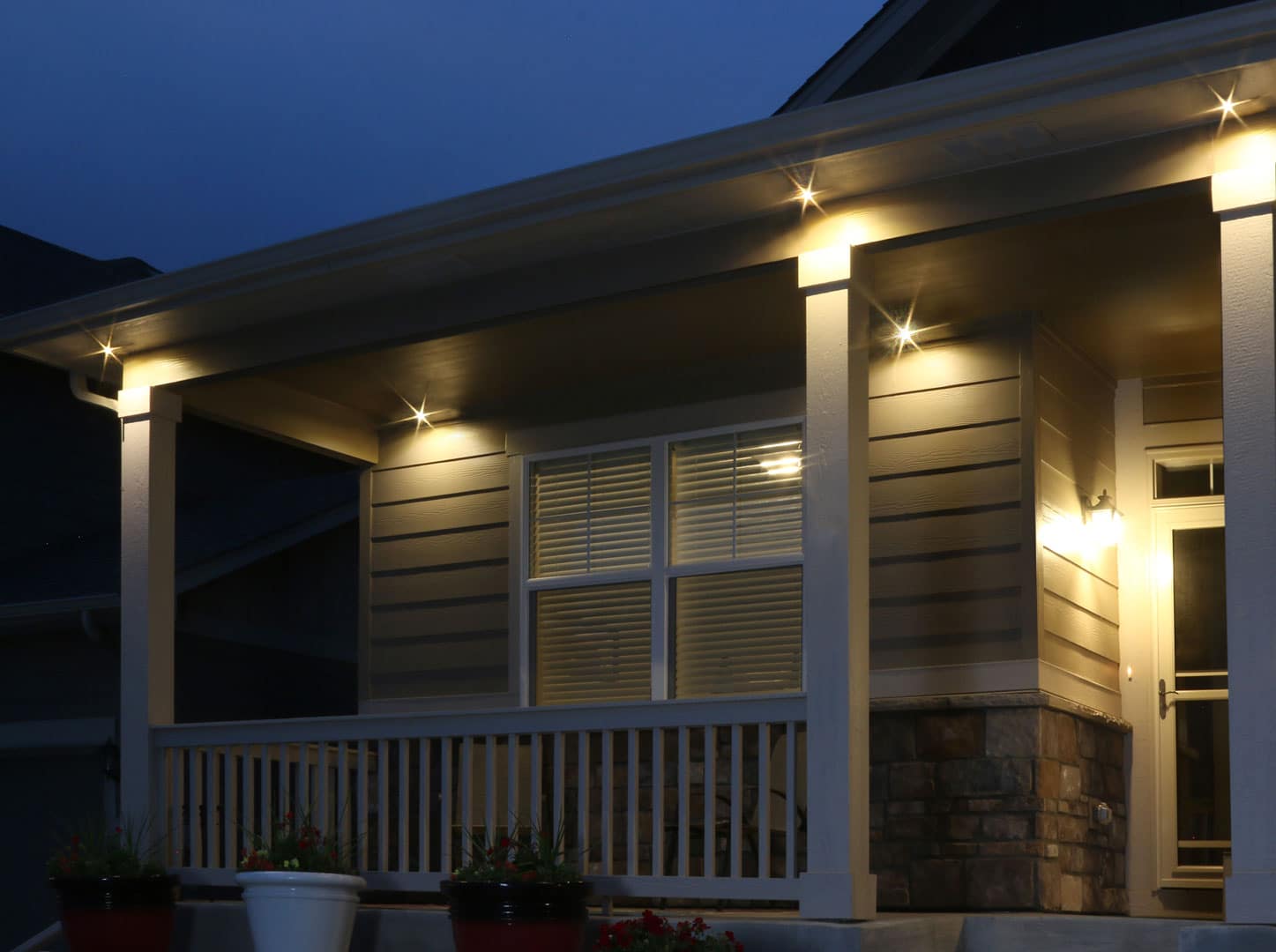
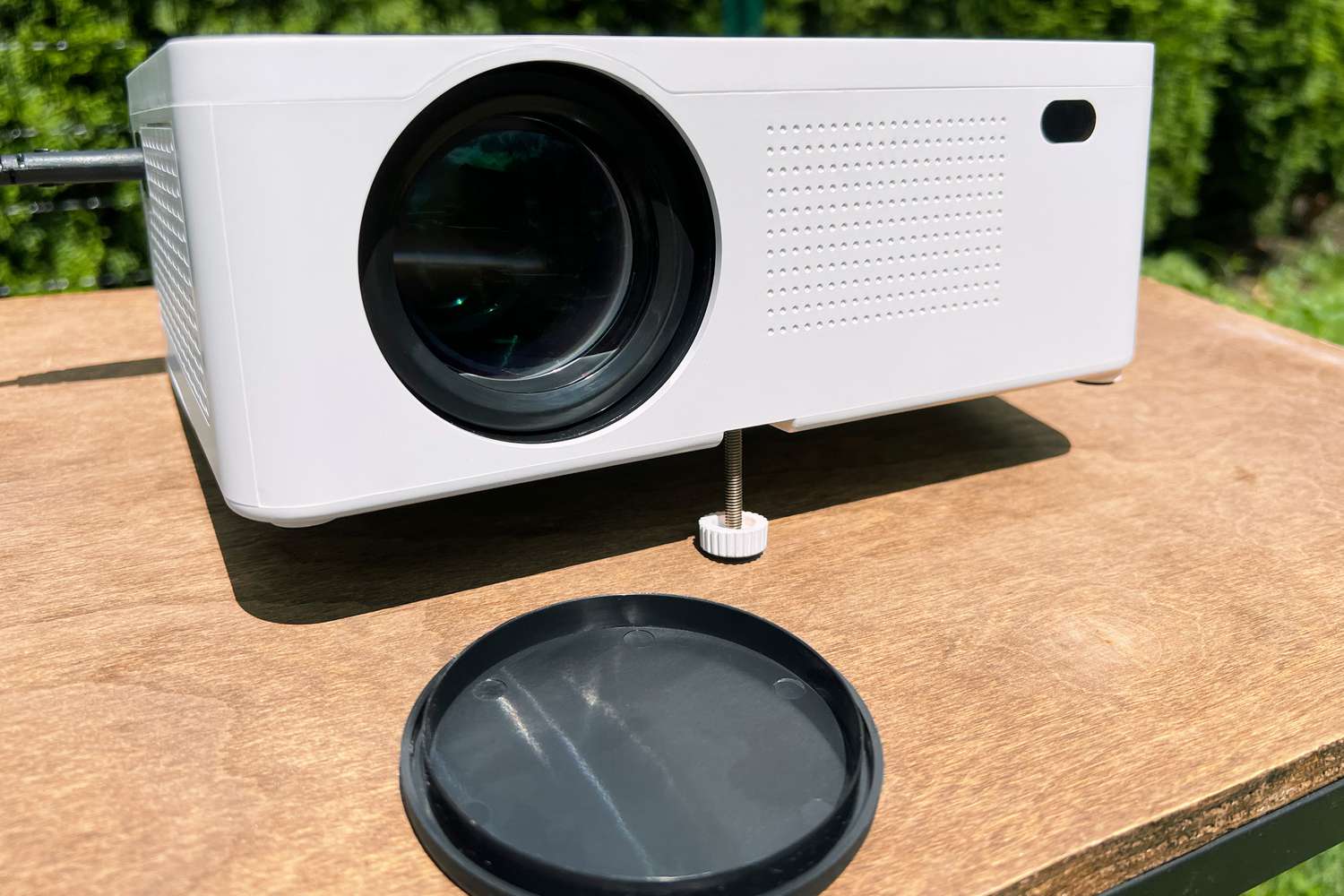
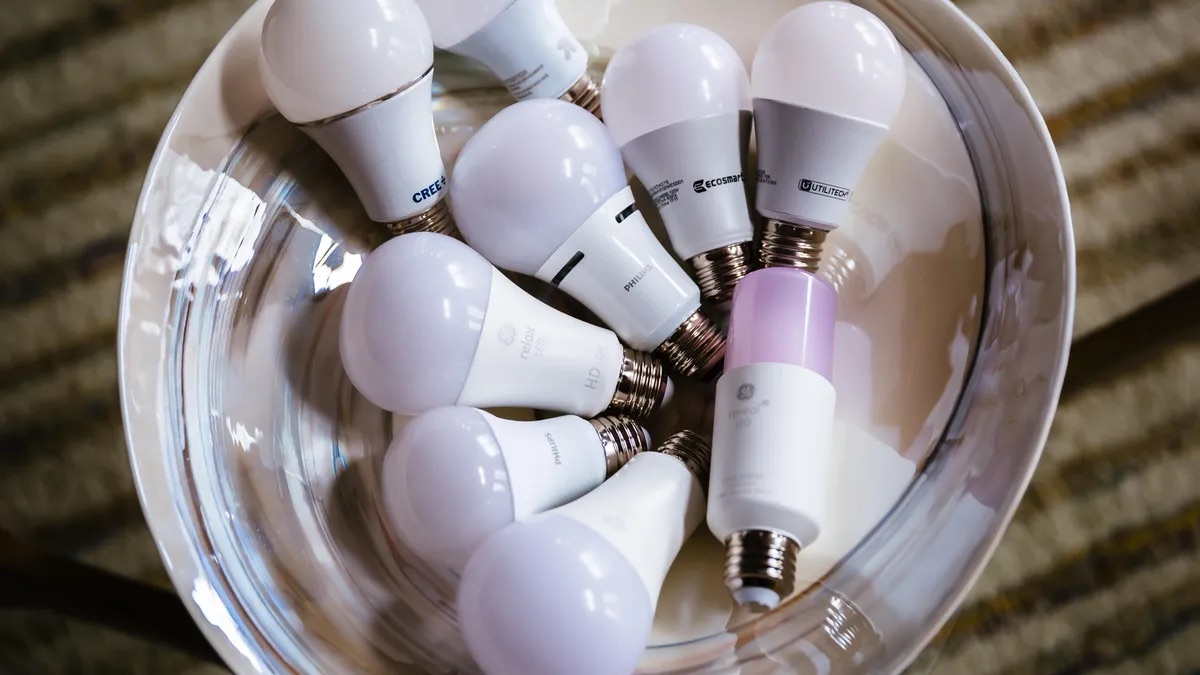
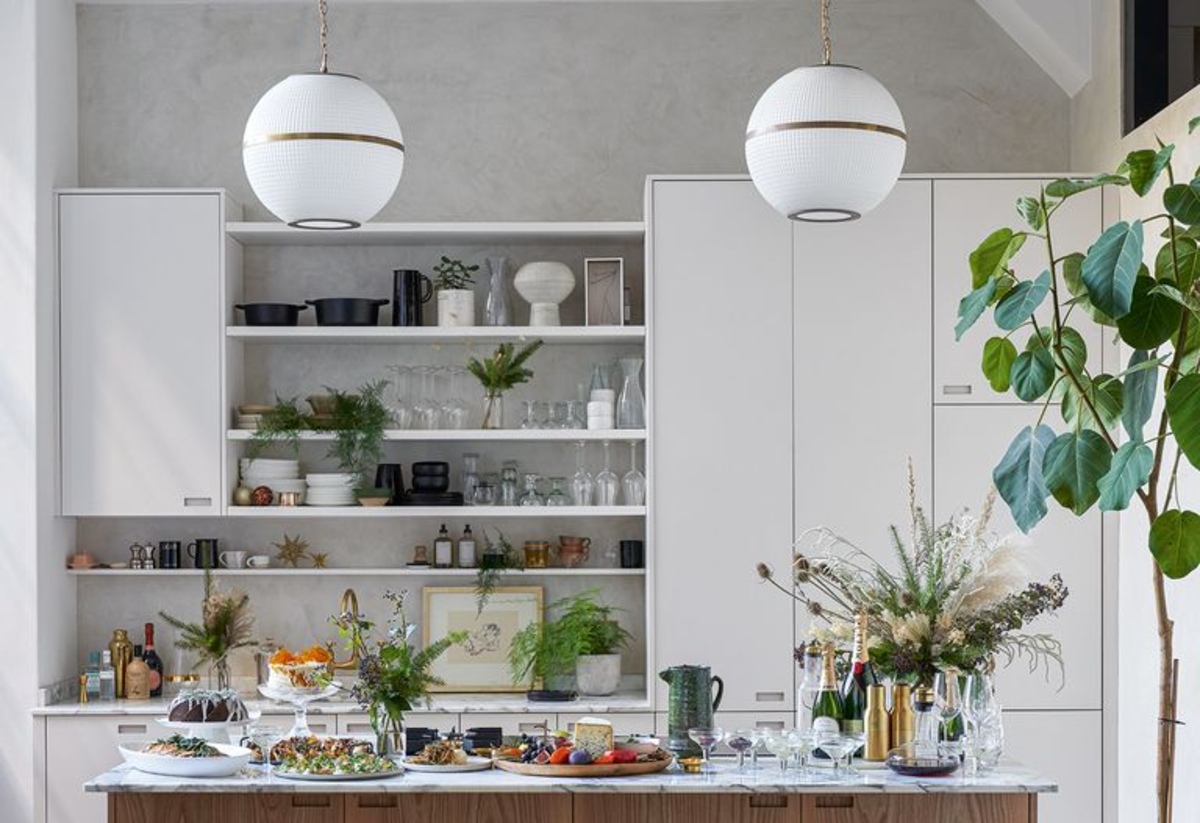
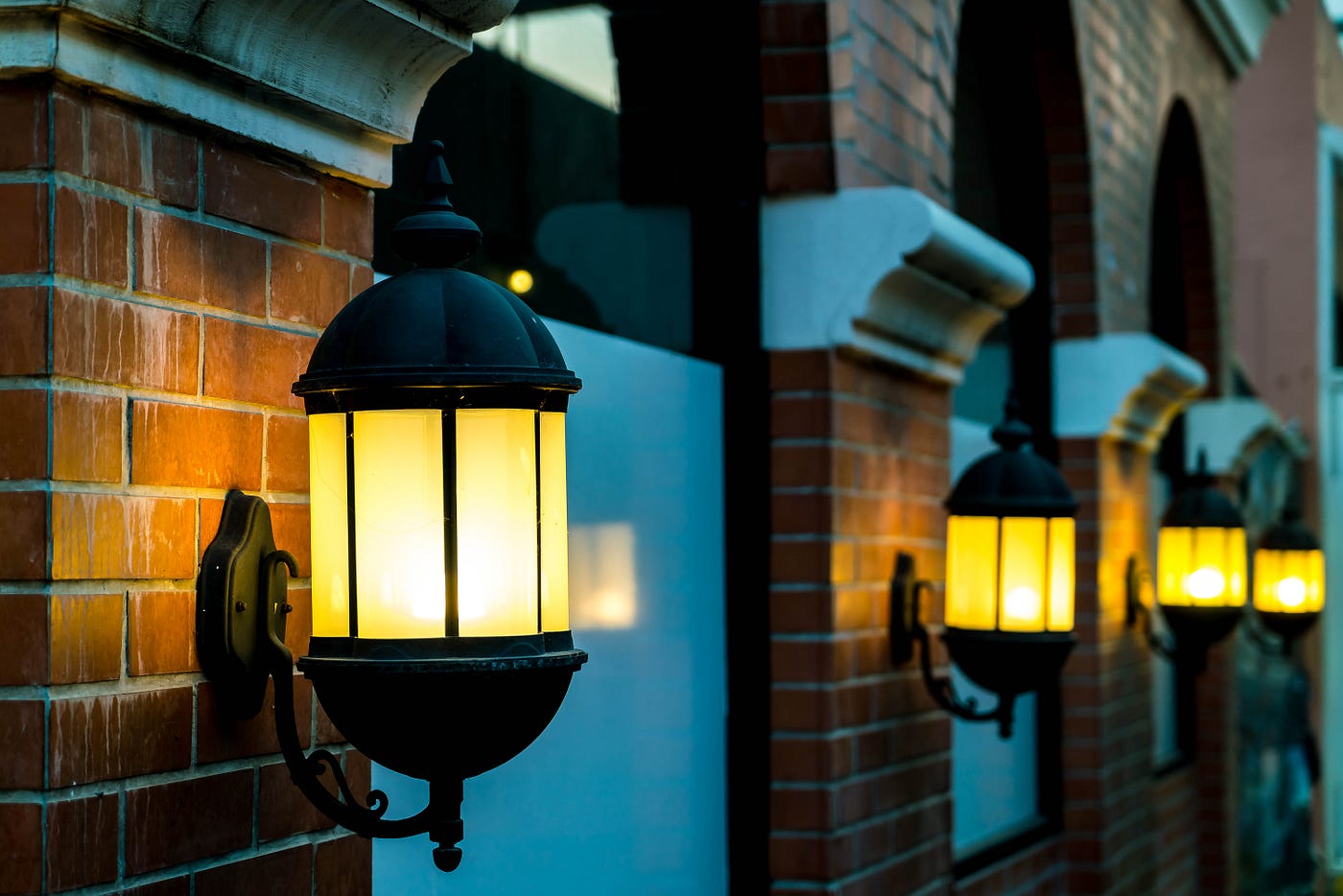
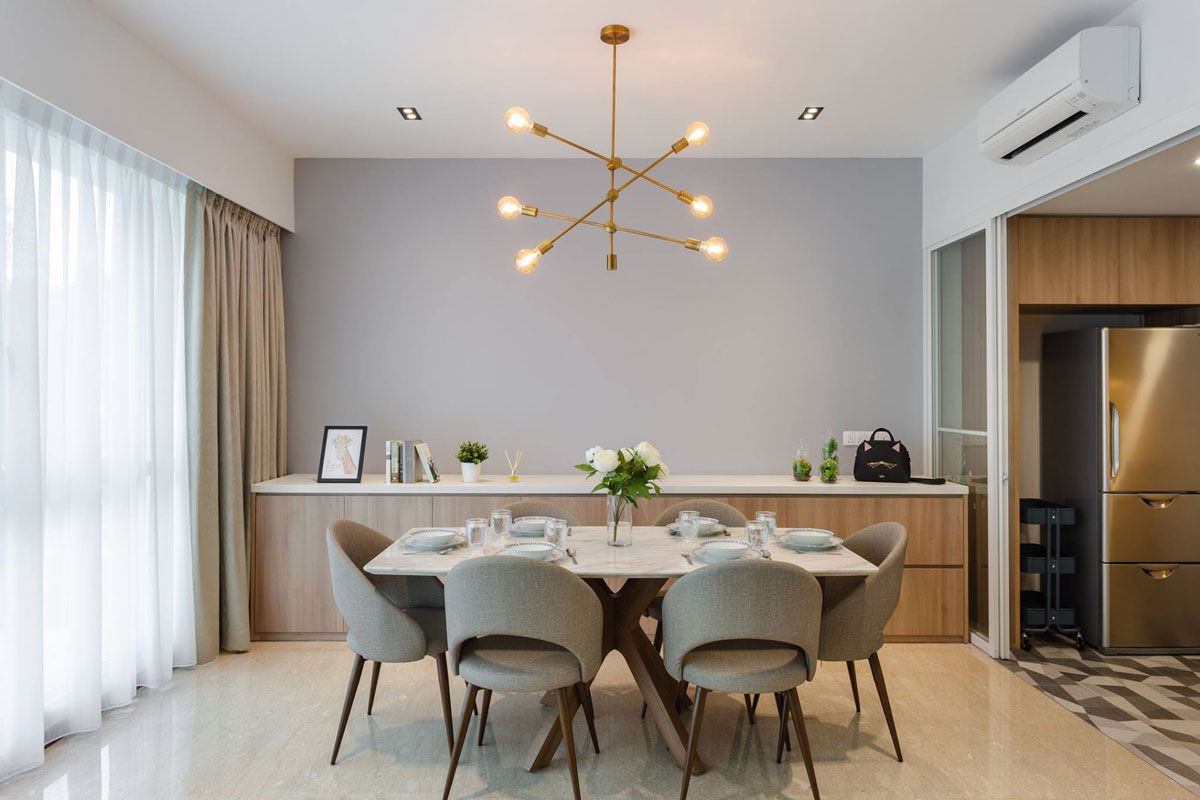
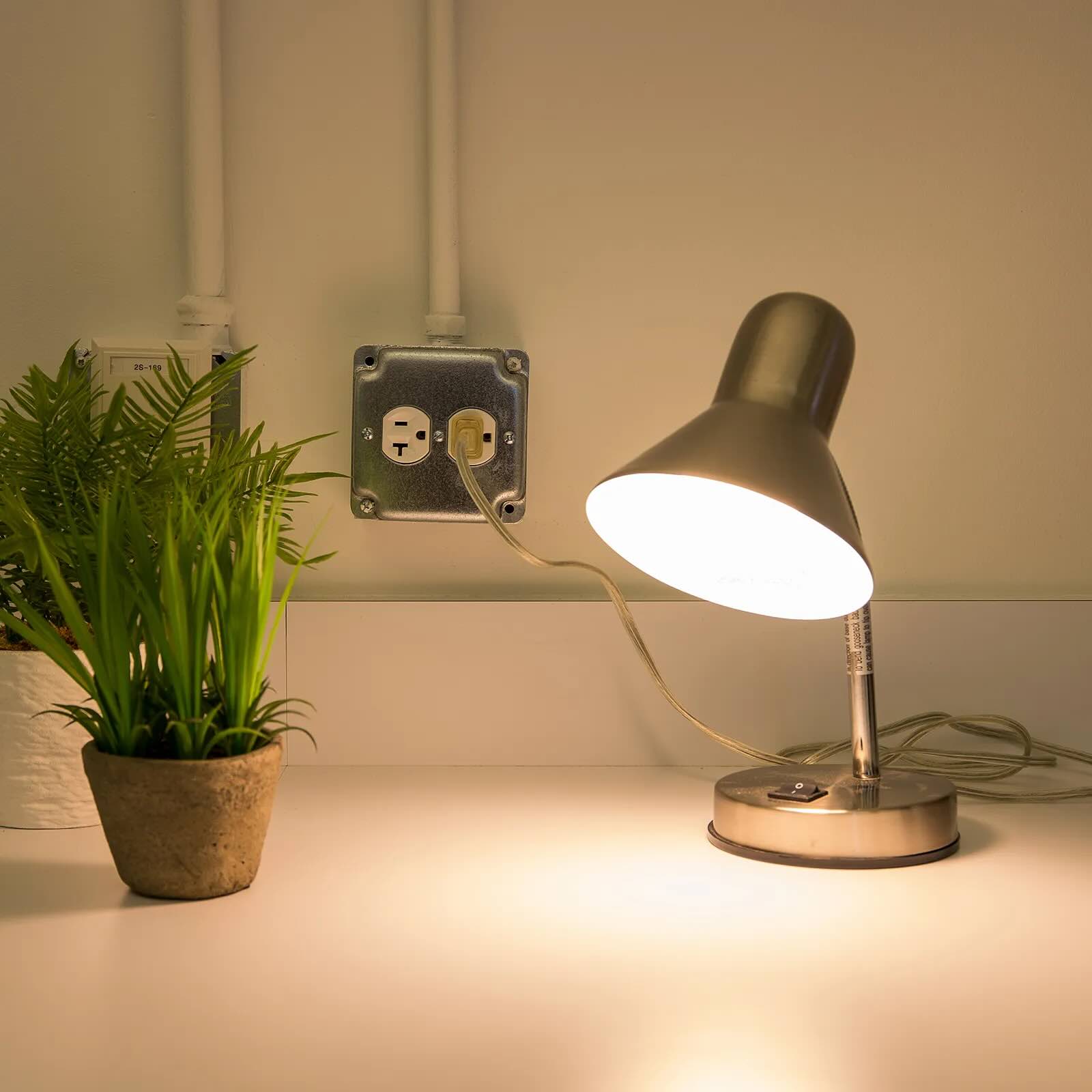

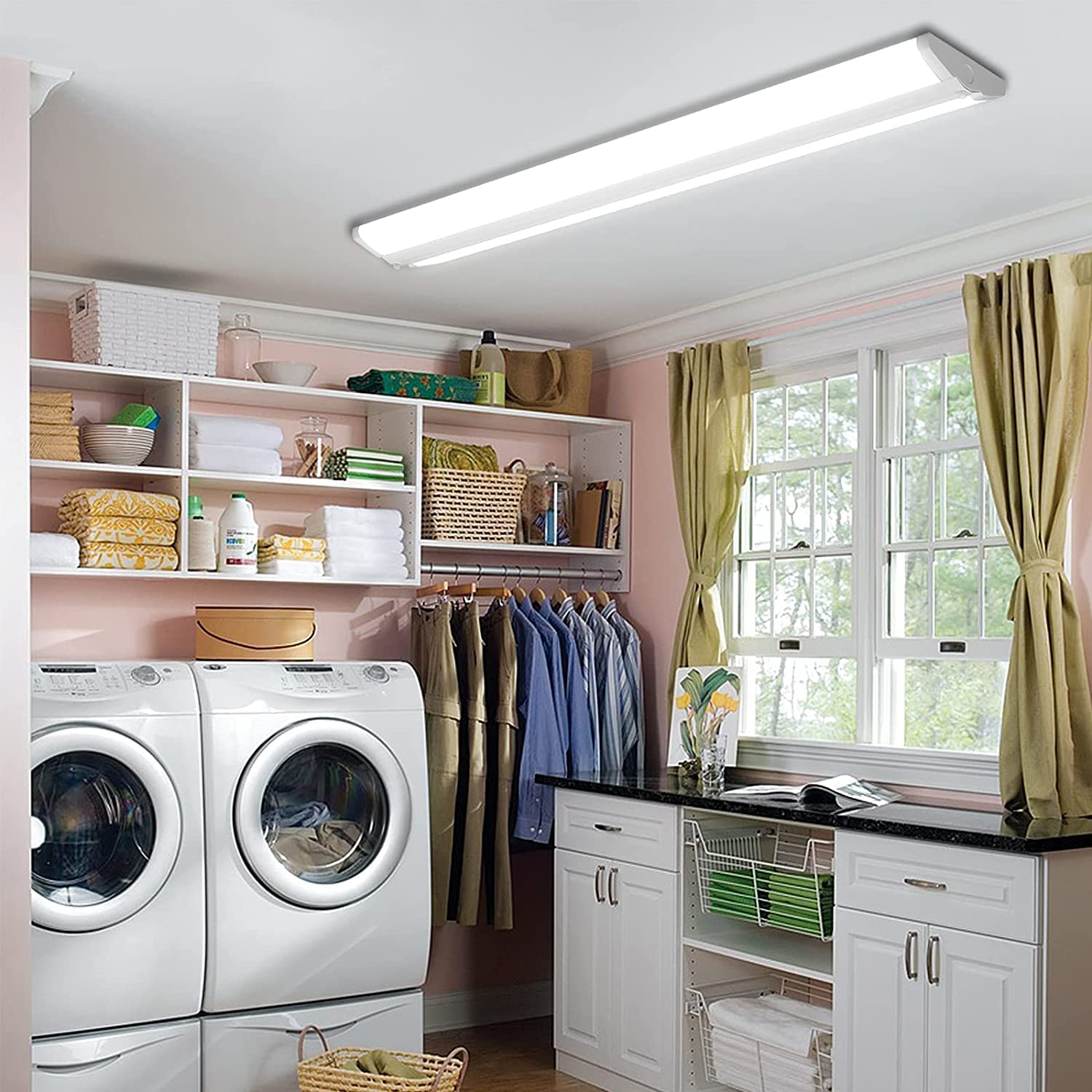
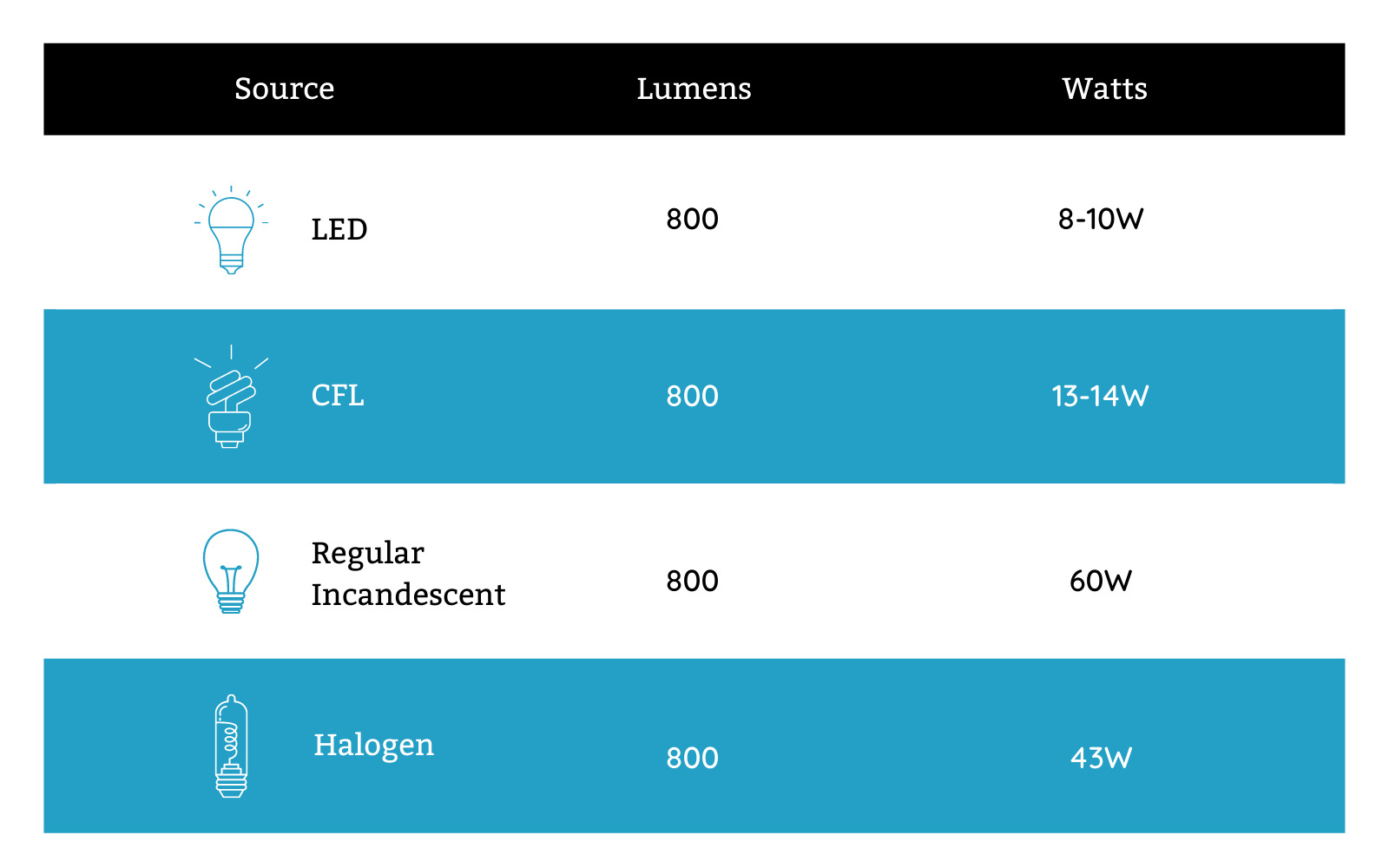
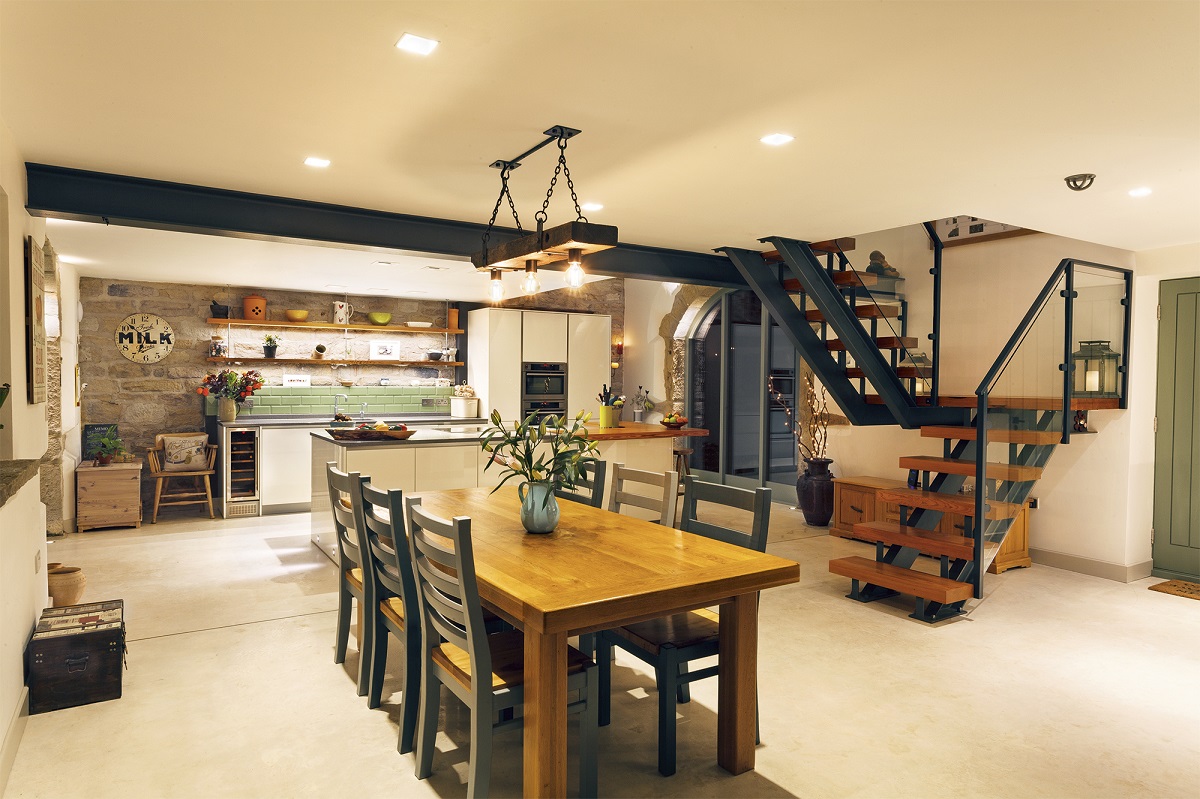

0 thoughts on “How Many Lumens Should Outdoor Lights Be”